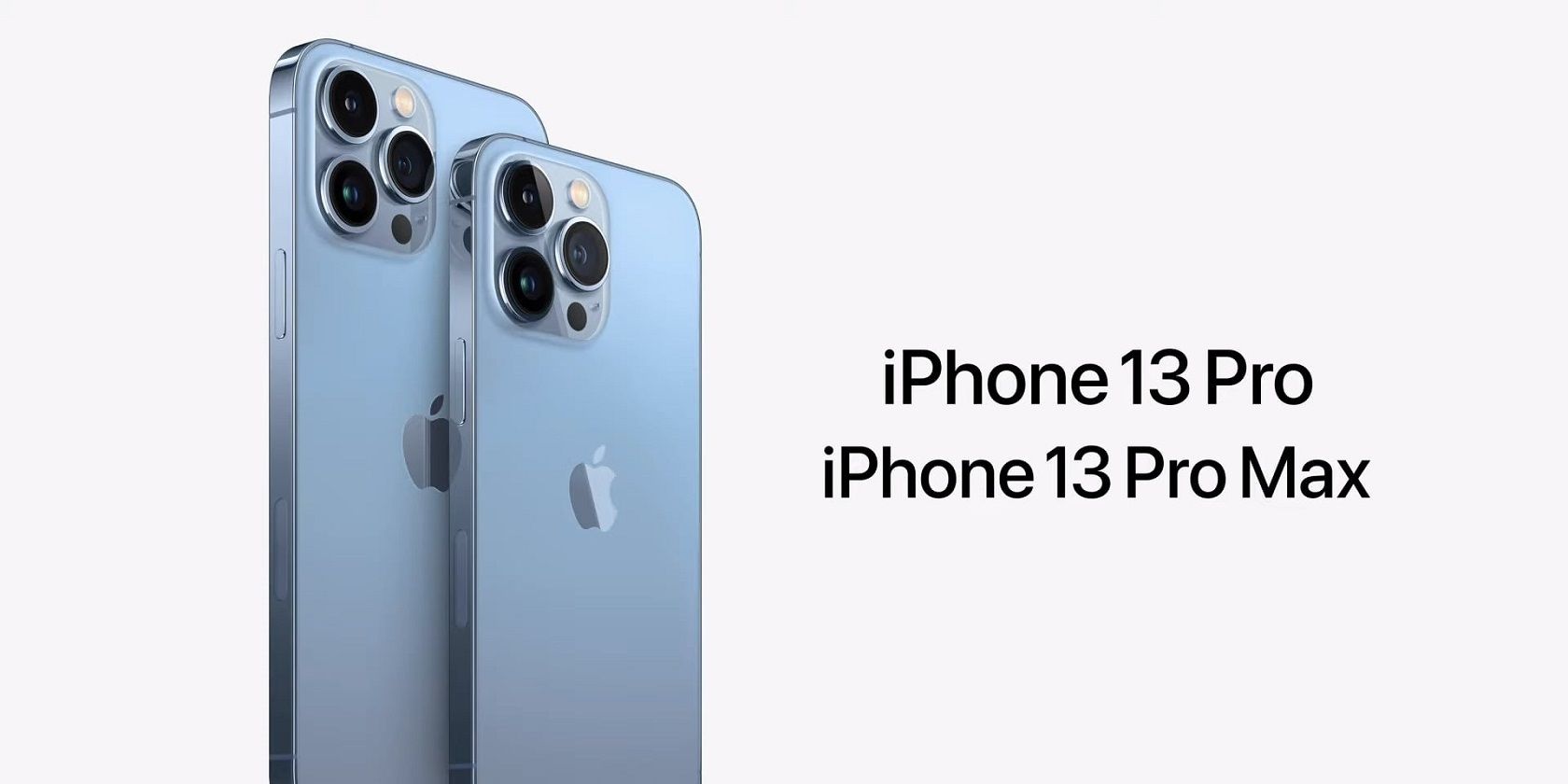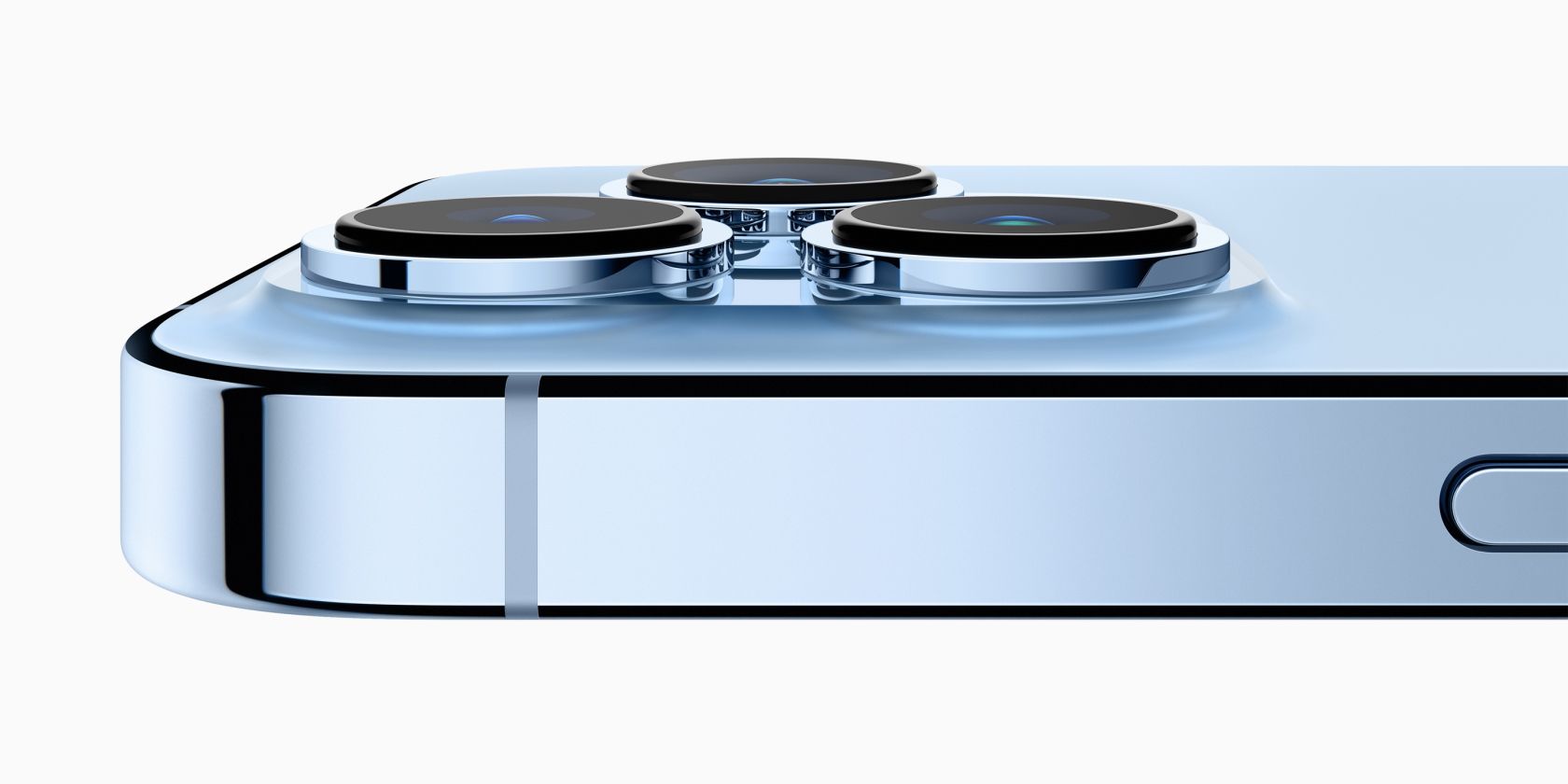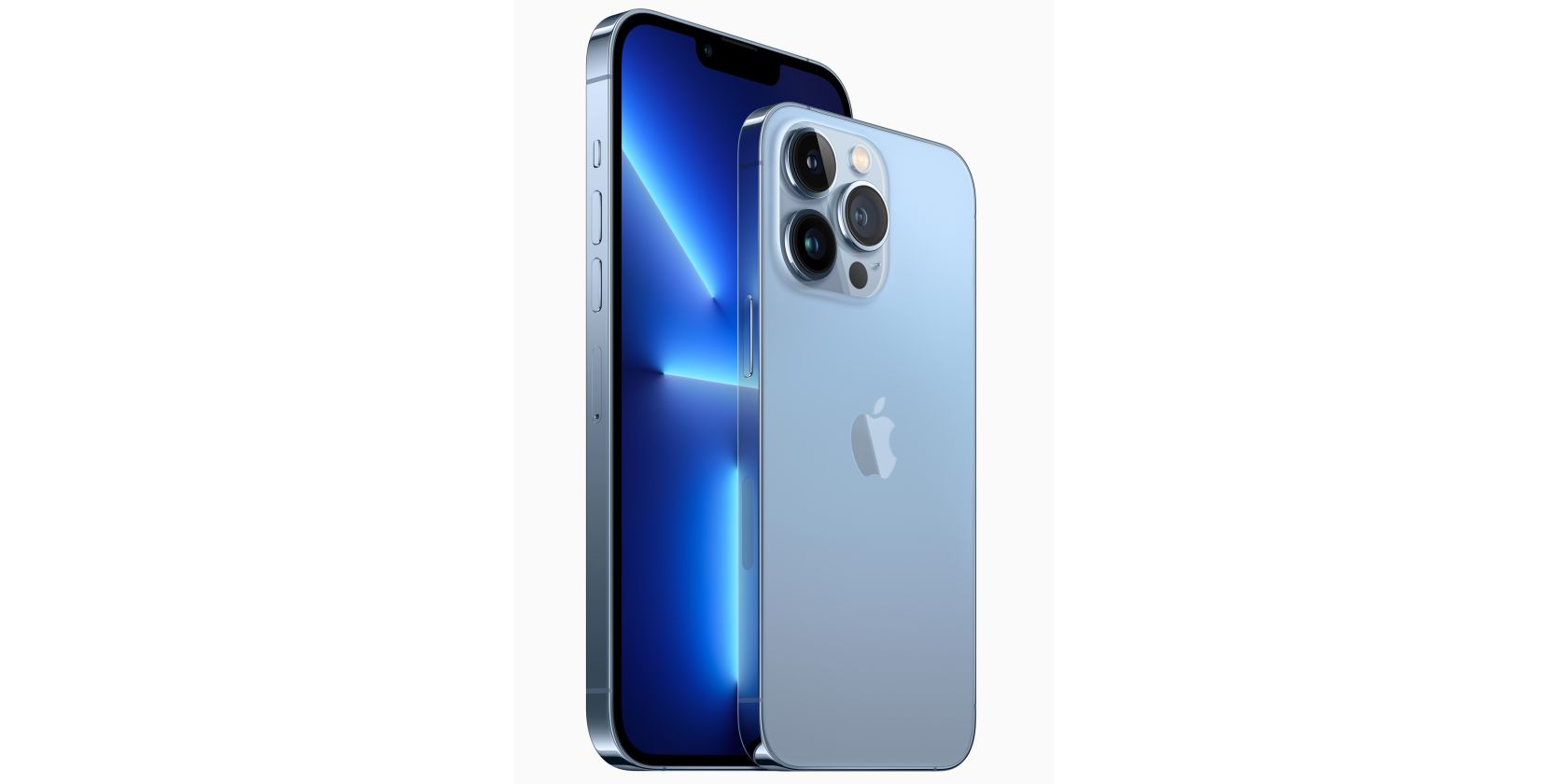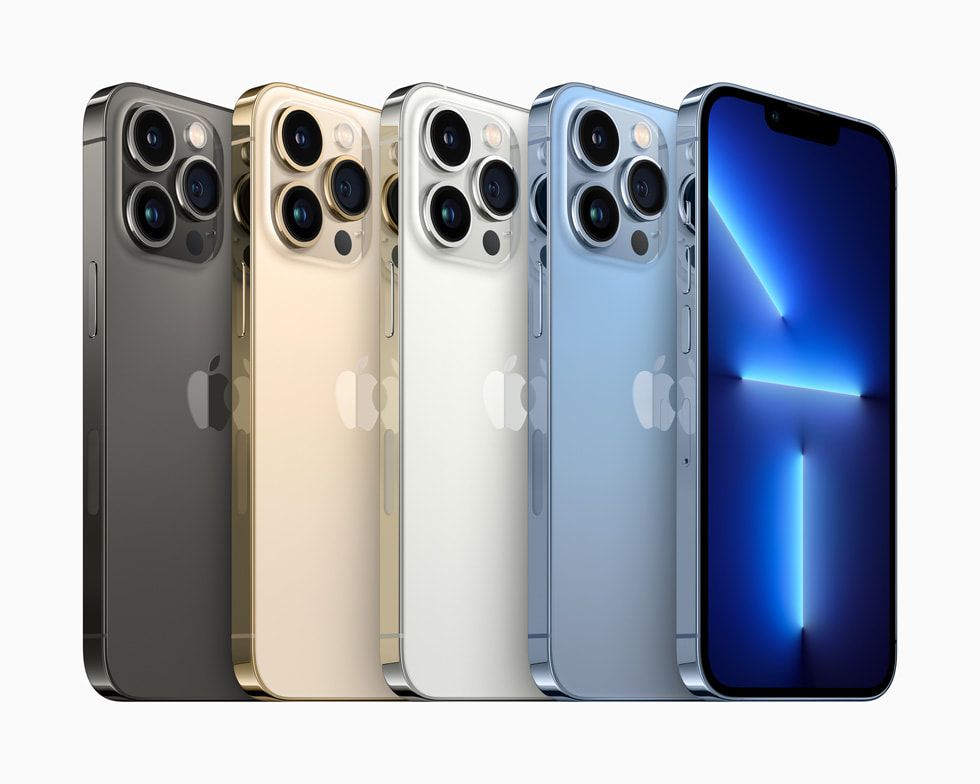The iPhone 13 Pro and 13 Pro Max are the most prominent siblings in the entire iPhone 13 series. The duo targets the high-end market with its flagship specifications. If you're looking to buy one of the two, it's best to get a good understanding what you're getting.
You need to know the different compromises you will make while choosing one iPhone size over the other. This article compares the iPhone 13 Pro and iPhone 13 Pro Max head-to-head to help you make an informed decision.
iPhone 13 Pro vs. iPhone 13 Pro Max: Similarities
Apple's latest pro models have more similarities than differences, just like the iPhone 12 Pro and 12 Pro Max. The similarities extend from the exterior design to the innards.
Here are the major features you'll find both on the iPhone 13 Pro and the iPhone 13 Pro Max.
The New A15 Bionic Chip
One of the standard features, and the most obvious one, is the new A15 Bionic chip. The A15 Bionic packs a new image signal processor (ISP) that reduces image noise and improves tone mapping.
It offers a minor performance bump over Apple's previous processor, the A14 Bionic chip. But it's still leaps and bounds ahead of the rest of the smartphone world, with the A15 Bionic in the iPhone 13 Pro and Pro Max offering 50% better performance than the competition, according to Apple.
A 120Hz ProMotion Display
Away from the chip, the iPhone 13 Pro models feature a Super Retina XDR display with support for up to a 120Hz adaptive refresh rate. The refresh rates range from as low as 10Hz to a maximum of 120Hz, depending on what you're doing, to conserve more battery.
The display peaks at 1000nits, up from 800nits in the iPhone 12 series, which should ensure a comfortable viewing experience outdoors.
These panels boast HDR, True Tone, Haptic Touch, P3 Wide color gamut, and a fingerprint-resistant coating.
The Camera
In the camera department, both models include three lenses on the rear. You get a 12MP telephoto, 12MP wide, and a 12 MP ultra-wide lens, with f/2.8, f/1.5, and f/1.8 apertures, respectively.
Key camera features include 6x optical and 15x digital zoom range, deep fusion, Night mode, Apple ProRAW, sensor-shift optical stabilization, portrait, and smart HDR 4.
You can also shoot ProRes video up to 4K at 30fps, an essential upgrade for content creators. However, you'll be stuck with 1080p ProRes video recording at 30fps if you go for a 128GB storage option.
Other video recording features include 4K and HDR video at 60fps. There is also a Cinematic mode for smoothly racking focus from one subject to another.
The front camera is the same 12MP TrueDepth camera with f/2.2 aperture, smart HDR4 support, and more.
Storage, 5G, IP Rating, Colors, and More
Both devices sell in similar storage configurations. The lowest storage option available is 128GB, but Apple also sells the pair in 256GB, 512GB, and 1TB.
iPhone 13 Pro and 13 Pro Max include 5G support (both sub-6GHz and mmWave).
IP68 rating is given for water and dust resistance. The duo is wrapped in surgical-grade stainless steel on the body and a ceramic shield on the front for more protection.
Standard features like Bluetooth 5.0, Gigabit LTE, VoLTE, NFC, Wi-Fi calling, Wi-Fi 6, Face ID, and GPS are also available on both models. One key standout feature is Dual eSIM support, a first for the iPhone.
iPhone 13 and 13 Pro Max are available in four colors: Silver, Graphite, Gold, and Sierra Blue.
iPhone 13 Pro vs. iPhone 13 Pro Max: Differences
Not everything is the same across these phones, though. We know what you came here for, the differences between the iPhone 13 Pro and iPhone 13 Pro Max are listed below.
Display
Although the duo has the same Super Retina XDR OLED display with up to 120Hz adaptive refresh rate, they are not identical in every measure. The iPhone 13 Pro Max has a bigger, 6.7-inch panel with 2778x1234 pixels. iPhone 13 Pro features a 6.1-inch panel with 2532x1170 pixels.
The difference in display size is also visible in other areas, with the iPhone 13 Pro Max weighing 1.27 ounces more than the regular 13 Pro. Compared to the iPhone 12 Pro and 12 Pro Max, both models are slightly heavier than their predecessors.
Battery
The iPhone 13 Pro Max promises more screen time than the standard 13 Pro. According to Apple, the iPhone 13 Pro Max can offer up to 28 hours of video playback, 6 hours more than the 13 Pro.
Although these numbers rarely materialize in real life, the iPhone 13 Pro models promise a massive bump in screen time compared to the iPhone 12 Pro and 12 Pro Max.
The iPhone 13 Pro Max can charge from zero to 50% in 35 minutes, relative to 30 minutes on the standard iPhone 13 Pro via Apple's 20W adapter (sold separately).
Price
The iPhone 13 Pro starts at $999 while its bigger sibling starts at $1099 for 128GB of storage. For the 256GB, 512GB, and 1TB options, prices go to $1099, $1299 and $1499 on the iPhone 13 Pro. You'll pay $100 more for each variant of the iPhone 13 Pro Max.
Which iPhone 13 Pro Should You Buy?
There isn't much of a difference between the iPhone 13 Pro and 13 Pro Max. The primary differences include price, size of the display, and battery life.
But with the tiny price difference, your decision should come down to the other two, battery life and the display panel. Go for the iPhone 13 Pro Max if you need a bigger display and need more battery life. Otherwise, the iPhone 13 Pro is a solid option with less weight and relatively compact size.




